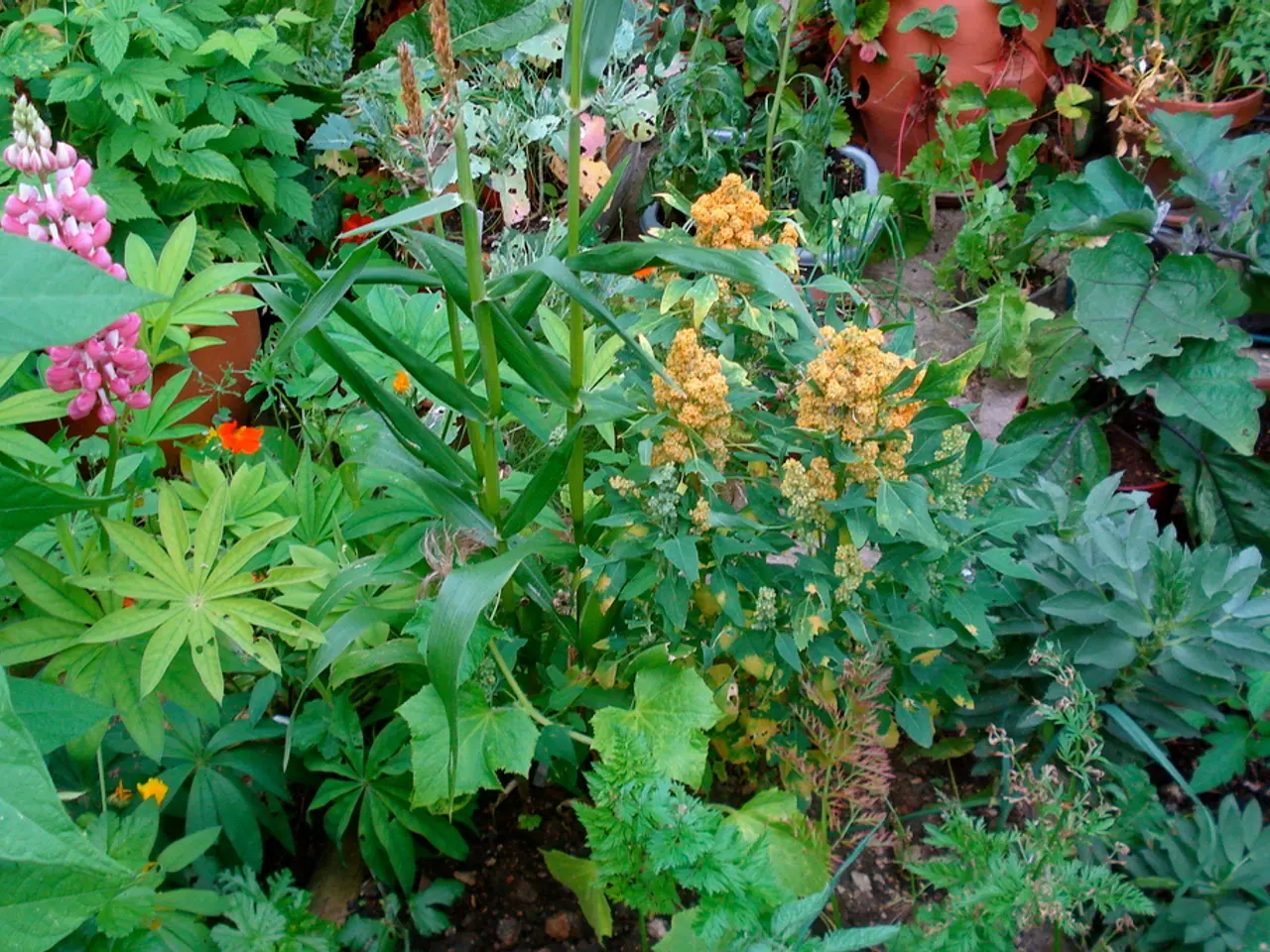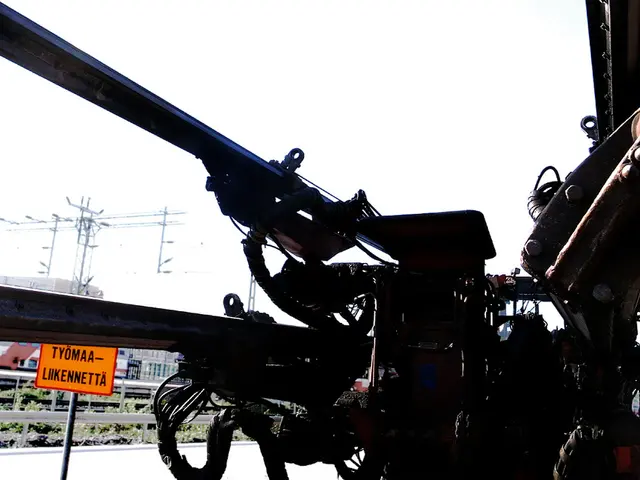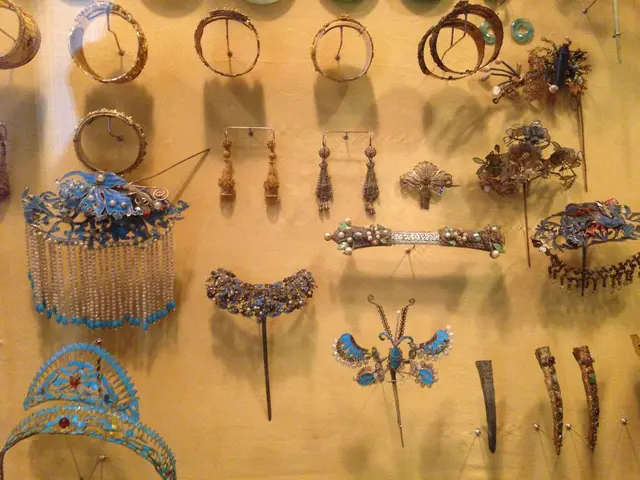Moving and Dividing Perennials: A Simple Guide
**Gardening Tips: Dividing Perennials and Choosing the Right Tools for Your Garden**
For those looking to expand their garden or revitalise overcrowded perennials, dividing them can be an easy and rewarding task. In this article, we'll share expert guidelines on dividing perennials, along with some useful products to make the process simpler.
**Dividing Perennials: A Step-by-Step Guide**
1. **Timing:** The best time to divide most perennials, such as daylilies and irises, is during their dormant or less active growth periods. For daylilies, an overcast day just before rain in spring or fall works well. For bearded irises, mid-summer dormancy (July and August) is optimal to reduce disease risk and ensure better recovery after replanting.
2. **Preparation:** Water the plants thoroughly a day before dividing to hydrate them and loosen the soil for easier digging. Use a garden fork or spade to carefully lift the plant with its roots, working around the root ball to minimise damage.
3. **Dividing Technique:** Shake or rinse excess soil from roots to clearly see root sections. Use your hands to tease apart rhizomes or roots, or employ clean gardening knives, shears, or hori-hori knives to cut through tough root masses. For tough clumps, inserting two garden forks back-to-back at the division point and pulling down can be effective.
4. **Selecting Divisions:** Choose healthy, firm root sections with multiple roots and at least one leaf fan or growth point. Discard old, soft, or diseased parts.
5. **Replanting:** Immediately replant divisions to establish new roots before winter or the next growing season. Water well after planting and consider mulching to retain moisture.
**Perennials to Avoid Dividing** Some perennials with deep taproots or woody root systems, such as baby’s breath, columbine, and false indigo, do not respond well to division and are better propagated by seed or cuttings.
**Related Products for Easier Division and Moving Perennials:** - Garden fork or spade: For loosening and lifting root balls. - Hori-hori knife or sharp gardening shears: For precise cutting of roots and rhizomes. - Watering tools (hose or watering can): To hydrate plants before and after dividing. - Gloves: To protect hands while handling roots and soil. - Mulch or compost: To improve soil condition when replanting divisions.
**Tips for a Successful Gardening Task** - Dividing overcrowded perennials helps improve flowering and plant vigor. - Spring and fall are generally the best seasons to divide most perennials to promote healthy growth.
**Additional Products for Your Garden** To help you maintain and enhance your garden, consider these additional products: - Natural Cedar Planter Boxes, available in various shapes and sizes, offer a durable and attractive solution for your plants. - A 3 x 6 Raised Garden Bed With Hinged Fencing and Trellis provides an ideal space for growing vegetables, flowers, or herbs. - No-kneel garden beds, such as Natural Cedar L-Shaped Raised Garden Beds, make it easier on your back while gardening. - SoilKey Organic Fertilizer ensures healthy plant growth with its slow-release nutrients. - The Classic Hori Hori Garden Tool is a versatile and essential tool for any gardener, offering a range of functions from digging and weeding to dividing perennials. - A Premium Polyurethane Soaker Hose ensures efficient watering by delivering water directly to the roots of your plants. - Organic Wool Garden Pellets Slow Release Fertilizer 9-0-2 - 22 lbs offers a natural and long-lasting solution for plant nutrition.
In this expanded garden, sustainable living practices can extend to dividing perennials for revitalization. Home-and-garden enthusiasts might find raised beds, such as the 3 x 6 Raised Garden Bed With Hinged Fencing and Trellis, ideal for facilitating the growth of these new, healthy divisions, especially since gardening tools like hori-hori knives or sharp gardening shears can help with the division process.




